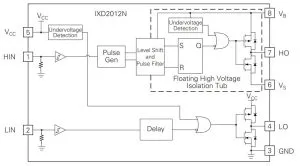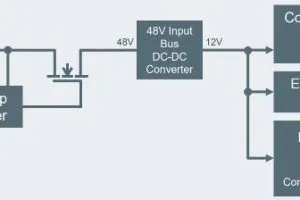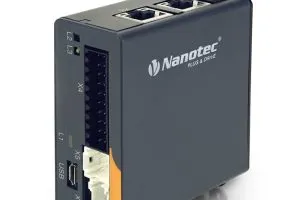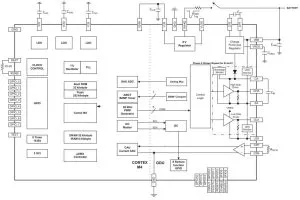
IXD2012NTR, as it will be known, is designed to drive n-channel mosfet gates that need between 10 and 20V, and can supply a minimum of 1.4A pull-up and 1.8A pull-down (both into short-circuits) from either output. Typical figures are 1.9 and 2.3A respectively.
It “is a direct drop-in replacement to popular industry-standard gate driver devices”, said company product manager June Zhang.
The device needs a supply of between 10 and 20V, and the high-side bootstrap circuit can handle up to 224V to accommodate this range with the full 200V output-side circuit voltage.
Optimised for high-frequency power applications, claimed Littelfuse, whose data sheet shows typical figures of 10ns turn-on propagation delay and 220ns for turn-off – matching error is 35ns max. 30ns is the typical rise time and fall takes 20ns.
There are separate inputs for the high-side and the low-side – allowing an external microcontroller to set dead-band timing.
The logic inputs have Schmidt triggers and are compatible with standard TTL and CMOS levels down to 3.3V. “It is recommended that the input pulses have a minimum amplitude of 2.5V for Vcc = 15V, and a minimum pulse width of 400ns,” said the company.
Packaging is 8pin SOIC and operation is over -40 to +125°C.
As well as in dc-dc and ac-dc converters, the company sees it being used in Class-D power amplifiers and stepper motor drivers.
Find the IXD2012N product page here
Late last year, Nexperia introduced a 110V 4A half-bridge gate driver IC
 Electronics Weekly
Electronics Weekly



